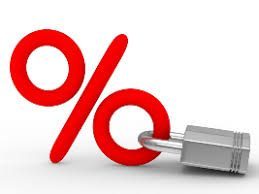Do you know the date your fixed rate term comes to an end? Once it finishes, the bank will generally switch you over to a standard variable rate (SVR) which is much higher than the special variable rate they will offer to new customers and your fixed rate – unless you act fast!
Think of how costly this could be to you if you don’t. If your bank was to charge you just 0.5% more than the special variable rate, this would add up to a significant amount over the remaining term of your loan. As an example, if you had a $400,000 loan this will cost you approximately $2,000 in additional interest per year.
You can save yourself thousands of dollars and perhaps even cut years off your loan if you are proactive about monitoring your interest rate. Do some research to find out whether what they are offering is a competitive rate; if not, you can talk to your bank and try negotiating a better deal. And if they do not offer you a competitive rate, you can switch lenders, they don’t generally make their best offers to customers with a proven history of loyalty. So, when it comes to your interest rate, stay alert and ask questions – and contact your mortgage broker to compare rates.
At the end of your current fixed rate, one option is to ask the bank to re-fix your home loan, extending it for another year up to five years. Locking in a fixed interest rate is a good option for you if you want each mortgage payment to be a regular amount so you can budget your money precisely.
Having a fixed rate mortgage protects you from rate rises and it is possible you may be paying less than the variable rate depending on what offers are available at the time the loan is settled. However, there is also the risk that you could end up paying higher than the market rate if you are locked into an outdated fixed interest term.
There may also be a break fee if you change or pay off your loan within the fixed period; this means the fixed rate is not a good option for anyone planning to sell their home.

